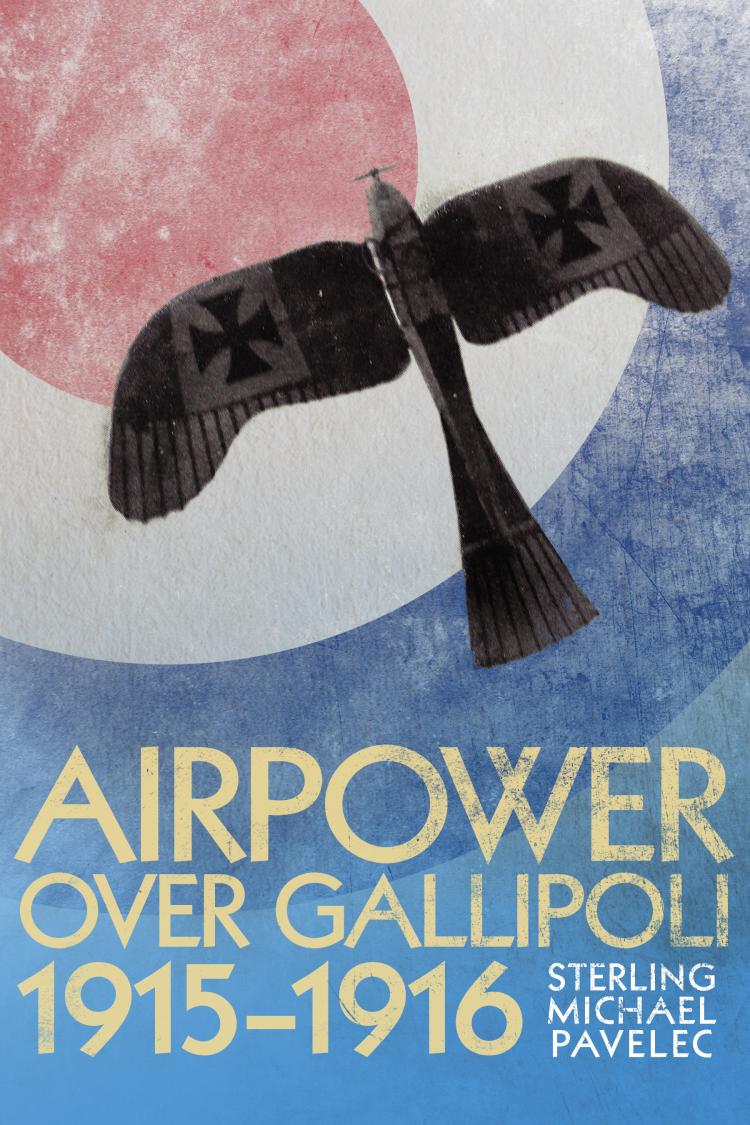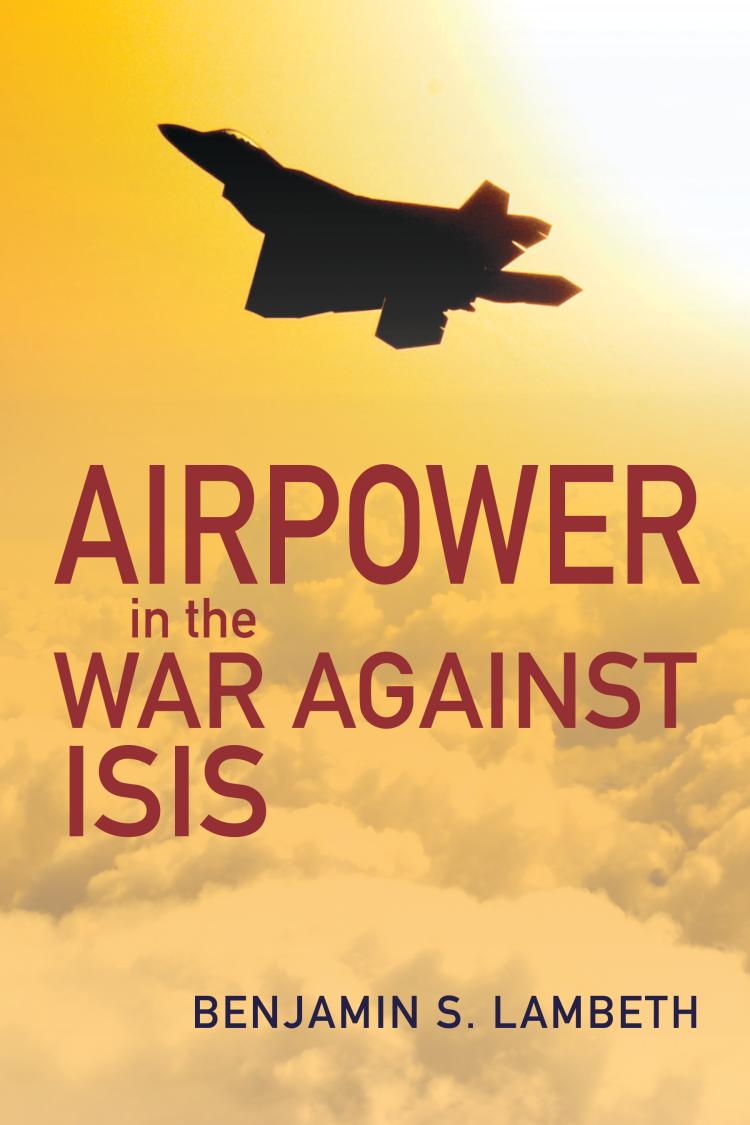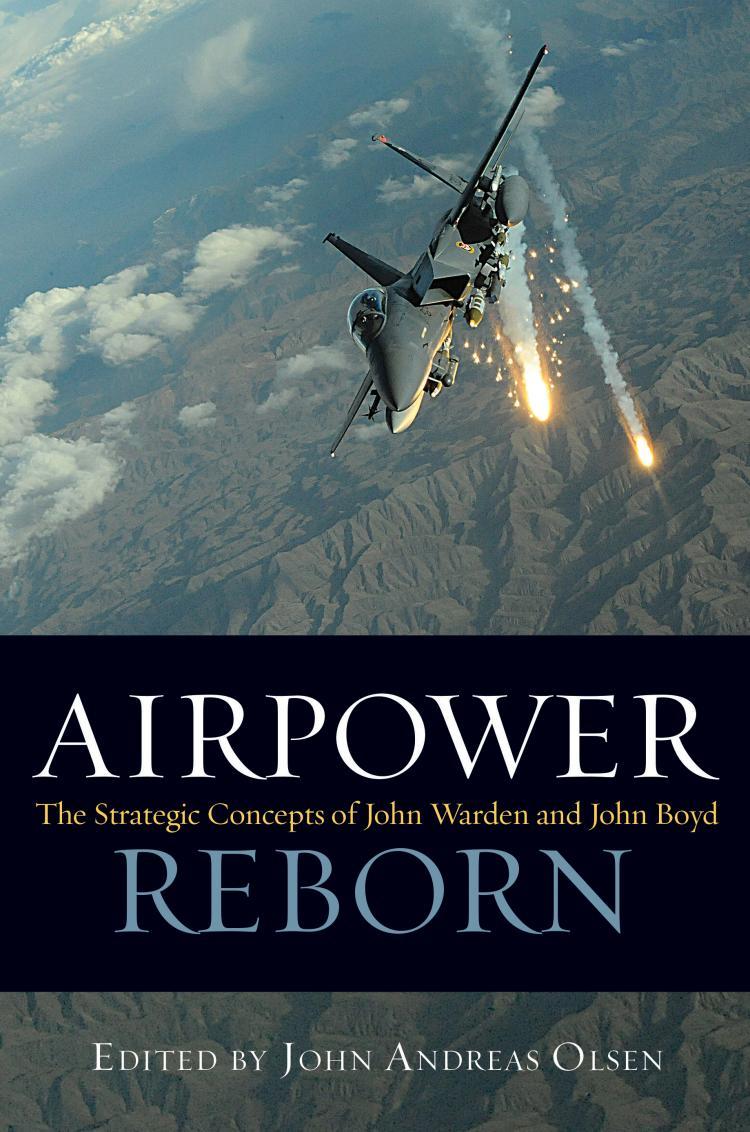Airpower Over Gallipoli, 1915–1916
- Subject: Aviation & Space | World War I | Society of Military History Conference
- Format:
Hardcover
- Pages:
240pages
- Illustrations:
17 b/w illustrations, 1 b/w map
- Published:
October 15, 2020
- ISBN-10:
161251023X
- ISBN-13:
9781612510231
- Product Dimensions:
9 × 6 × 1 in
- Product Weight:
18 oz
Overview
Airpower Over Gallipoli, 1915–1916, focuses on the men and machines in the skies over the Gallipoli Peninsula, their contributions to the campaign, and the ultimate outcomes of the role of airpower in the early stages of World War I. Based on extensive archival research, Sterling Michael Pavelec recounts the exploits of the handful of aviators during the Gallipoli campaign. As the contest for the Dardanelles Straits and the Gallipoli Peninsula raged, three Allied seaplane tenders and three land-based squadrons (two UK and one French) flew and fought against two mixed German and Ottoman squadrons (one land-based, one seaplane), the elements, and the fledgling technology. The contest was marked by experimentation, bravado, and airborne carnage as the men and machines plied the air to gain a strategic advantage in the new medium. As roles developed and missions expanded, the airmen on both sides tried to gain an advantage over their enemies. The nine-month aerial contest did not determine the outcome of the Gallipoli campaign, but the bravery of the pilots and new tactics employed foreshadowed the importance of airpower in battles to come.
This book tells the lost story of the aviators and machines that opened a new domain for modern joint warfare. The dashing, adventurous, and frequently insouciant air commanders were misunderstood, misused, and neglected at the time, but they played an important role in the campaign and set the stage for joint military operations into the future. Their efforts and courage paved the way for modern joint operations at the birth of airpower.
About the Author
Editorial Reviews
“Thanks to Michael Pavelec, we finally have a history of the Gallipoli campaign in all three dimensions. His book shows not only the role of airpower there, but also the way that the British, French, and Ottoman air services used Gallipoli as a laboratory to learn valuable lessons.” —Michael S. Neiberg, Chair of War Studies, US Army War College
“This is the first comprehensive study of airpower in the Gallipoli Campaign. The author draws on the surviving archives of all the participants and provides a comprehensive, authoritative and balanced account that offers important insights - as well as a model for how air campaigns should be presented and analysed.” —Peter J. Dye, author of The Man Who Took The Rap, Honorary Research Fellow Birmingham University, Verville Fellow, National Air & Space Museum
“Mike Pavalec has produced a superbly researched study of the role of airpower in one of history’s first great examples of multi-domain operations. He lays bare the myriad challenges to individual operators, military forces, and their commanders as they sought to introduce and integrate emerging technologies into active campaigns during modern warfare.” —Mark E. Grotelueschen, author of The AEF Way of War, Department of Military and Strategic Studies, USAF Academy
“An expert on airpower technology, theory, and strategy, Pavelec illuminates the participants’ efforts to integrate airpower with naval and land forces. In doing so, he makes a compelling case for the Gallipoli campaign as a crucial milestone in the development of twentieth-century joint warfighting.” —Heather Venable, Associate Professor, Air Command and Staff College
“Pavelec’s work tells an exciting and much-needed story of the early days of military aviation. This book sheds new light on a little-known but important moment that thoroughly enriches our understanding of the evolution of air power.” —Michael W. Hankins, curator, Smithsonian National Air and Space Museum
“Airpower over Gallipoli is a useful reference and hopefully will help inspire future thinking on joint maritime campaigns.” —Australian Naval Institute
“Airpower Over Gallipoli: 1915-1916 is a welcome addition to the literature on the [Gallipoli] campaign. The book provides solid coverage of the contributions of the Royal Naval Air Service (RNAS) and French aviators with reasonable coverage of efforts by the Ottoman Empire…. Dr. Pavelec has clearly laid out the challenges, successes and failures experienced by the aviators on both sides of this campaign. With a clear narrative and generous appendices, this book will appeal to both students of the Great War as well as those with an interest in the evolution of joint operations. The literature review alone makes this book essential reading for students of Great War aviation history. It’s a worthy selection to your book shelf.” —Armchair General
“Airpower Over Gallipoli, 1915-1916 is both well written and cited, using a variety of resources from across the British Commonwealth, France, Germany, and (when available) Turkey to take an objective assessment of air operations during the campaign…. This book adds to the list of scholarly work on a subject fading with the passing of time. It also provides future historians with a foundation on how to assess the public perceptions of controversial military operations and the employment of a new technology; a lesson that could very well apply to future assessments of the long wars in Afghanistan and Iraq.” —Air Force Historical Foundation
“This is an excellent narrative history that adds to our understanding of the campaign.” —The Aviation Historian
“This concise, well-researched work admirably documents a lesser-known segment of World War I aviation history and presents a wealth of fresh information. It is highly recommended.” —Over the Front
“This is a concise military airpower history book describing airpower in the World War I Gallipoli Peninsula campaign…. [A] well-written, well-researched, and exciting book.” —Air & Space Power Journal
“Airpower Over Gallipoli is an original look at this ‘modern’ war of a century ago that we have forgotten but which deserves to be recalled and studied in today’s new arena of conflict.” —Naval Aviation News
Pavelec has also provided a thorough index as well as comprehensive notes and citations throughout. Aside from its obvious value to those interested in aviation and airpower history it is also an exciting take of aviators, passionate in their professions, combating not only opposing forces but their own command hierarchies. —Travel for Aircraft









